The SCU interfaces directly to one of the AMI100D or HLT100C analog output ports for MP160 Systems, a UIM100C analog output port for MP150 Systems, or with added OUT6 for MP36/MP36R Systems. The SCU can be controlled using AcqKnowledge software “Stimulator Setup” or “Manual Control” features. The analog output signal range is ±10 volts, with negative voltage lowering the temperature of the Thermode and positive voltage increasing the temperature of the Thermode. An LED indicator on the front of the SCU turns red when the Thermode is being heated and blue when it is being cooled.
- SCU Power (12 V DC, 5 Amp ): power supply included, with appropriate US, EURO, or CHINA power cord
- SCU Fuse: 3.5 A Fast Blow
The TSD191 has a 30 mm2 contact area, incorporates a heat sink and cooling fan, terminates in a 3-meter cable, and includes a self-adhering strap to hold it in place.
IMPORTANT! Proper operation of the TSD191 requires that fan airflow not be obstructed.
Precision Temperature
In order to obtain an accurate measure of the specific stimulus temperature at the stimulus zone, BIOPAC recommends use of the SKT100C Skin Temperature Amplifier Module and TSD202A Temperature Transducer, where the TSD202A is placed between Thermode and stimulator zone.
Closed Loop Control
“Closed loop” control allows continuous temperature readings between the thermode and the stimulating surface to deliver precision stimulation. The STMTHERM device does not have “built-in” closed loop control of temperature, but closed loop control can be achieved with an extended setup configuration that adds the SKT100C Skin Temperature Amplifier and TSD202A temperature probe. STMTHERM plugs into STM100C and STM100C is set to I/O 15 as input.
Using this setup, precise probe temperature readings are available at any given time. Control channels in AcqKnowledge are then used to modulate the input voltage sent to STMTHERM, to maintain loop control, by monitoring probe temperature.
Response Qualifications
- All steady-state temperature readings are referenced to contact with air.
- Rise/fall times to steady-state are referenced to contact with air and to the ambient room temperature during testing.
- When the device contacts skin, the skin functions as a greater heat sink/cooling source than air, so those performance values will change.

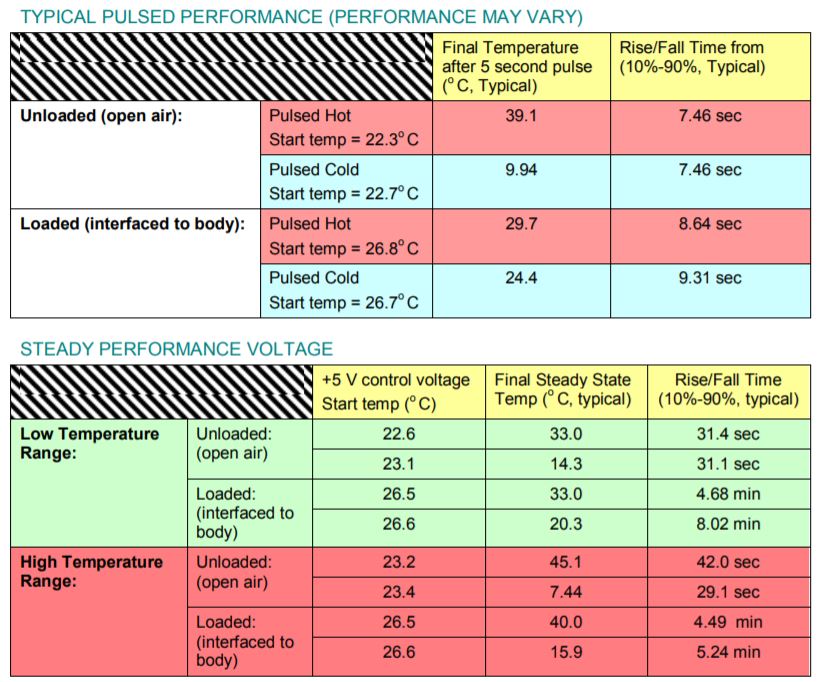
Product Family
Product Type
Product Options
Variable Temp
Employ linear or step-change temp change
Cold Stim
Deliver cold temperature stimulation
Hot Stim
Deliver hot temperature stimulation
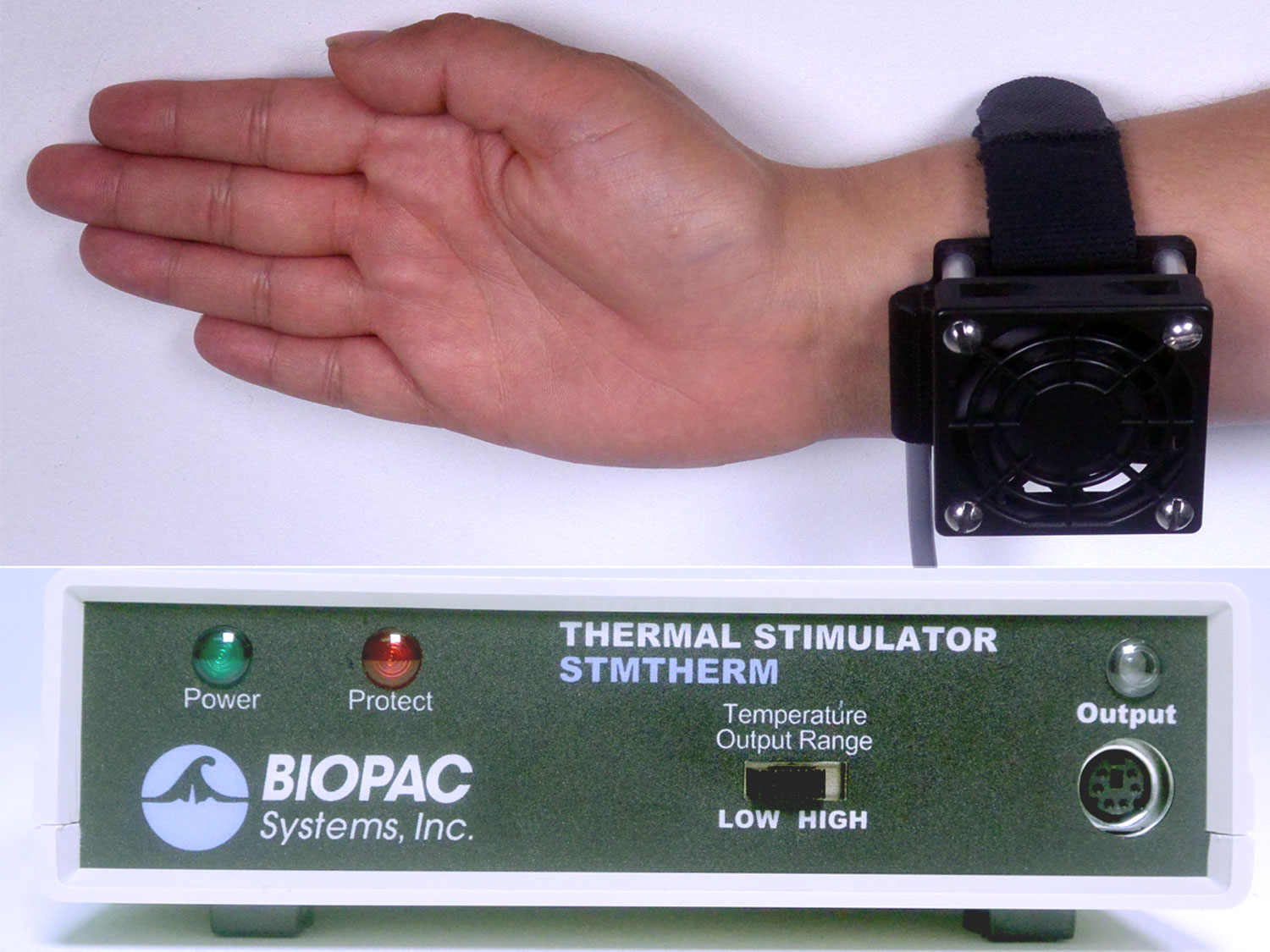


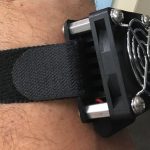
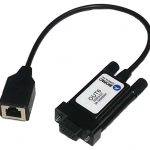
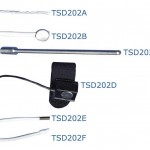
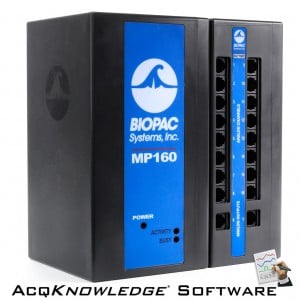
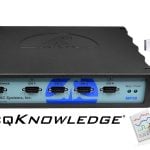
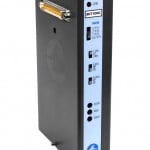
Stay Connected